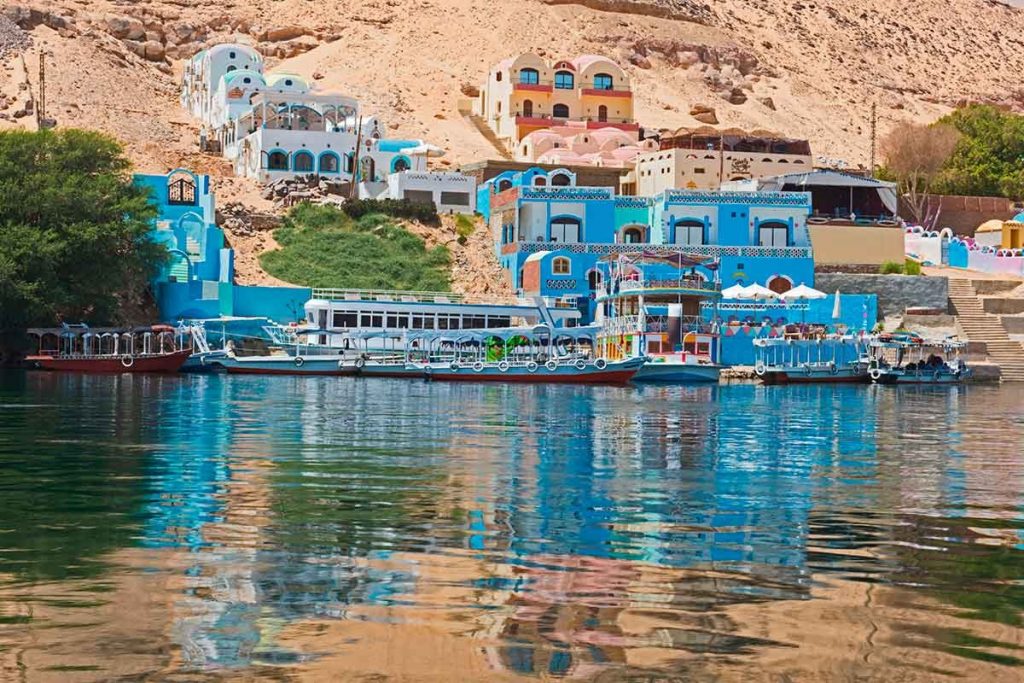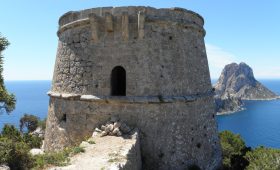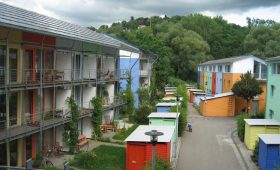Exploring Nubian Village
Nubian Village, located along the Nile River in southern Egypt, offers a unique cultural experience. This area, historically known as part of Nubia, has a rich history dating back to the Paleolithic era. The village provides a window into the lives of the Nubian people, known for their distinct culture and language. As someone who has walked its vibrant streets, I can attest to the warmth and hospitality that define this community.
What Makes Nubian Village Special
The architecture in Nubian Village is striking, with homes painted in vivid colors and adorned with murals depicting local folklore and daily life. This traditional style reflects the deep cultural roots of the Nubian people. The Nile River is more than just a scenic backdrop; it is integral to the community’s way of life, supporting fishing and farming activities that have sustained the Nubians for centuries.
When to Visit Nubian Village
The best time to explore Nubian Village is from October to April. During these cooler months, the weather is more comfortable for walking through the village and enjoying outdoor activities. This period also coincides with local festivals, such as the Abu Simbel Sun Festival in February and October, which offer a glimpse into the vibrant cultural traditions of the region.
Getting to Nubian Village
To reach Nubian Village, fly into Aswan International Airport, which connects to major Egyptian cities and international destinations. From there, a taxi or public bus can take you to the village. For a more scenic route, consider a felucca boat ride along the Nile from Aswan, offering a leisurely journey with picturesque views.
Getting Around Nubian Village
Once in the village, walking is the best way to explore. The narrow streets are perfect for a leisurely stroll, allowing you to soak in the local atmosphere and engage with residents. For a traditional experience, try a donkey ride. This mode of transport offers a relaxed pace and an authentic touch to your visit.
Key Attractions in Nubian Village
Temple of Philae
While not located in the village itself, the Temple of Philae is a short trip away and worth the visit. Dedicated to the goddess Isis, this ancient temple complex is situated on an island in the Nile. Its intricate carvings and stunning columns are a testament to ancient Egyptian architecture. The evening Sound and Light Show adds another dimension to the experience.
Nubian Museum
For those interested in history, the Nubian Museum in Aswan is essential. It houses a wide array of artifacts, including pottery, jewelry, and traditional costumes, offering insights into Nubian culture and history. The museum also hosts cultural performances, showcasing traditional music and dance.
Kitchener’s Island
Also known as the Aswan Botanical Garden, Kitchener’s Island is a peaceful retreat on the Nile. Originally a botanical garden created by Lord Kitchener, it features a diverse collection of plants and trees. A stroll through the gardens provides a serene escape with beautiful views of the river.
Elephantine Island
Elephantine Island, rich in history and mythology, is home to ancient temple ruins such as the Temple of Khnum and the Temple of Satet. Exploring these sites offers a glimpse into the religious practices of ancient Egypt. The island also hosts Nubian villages where you can learn about traditional ways of life.





